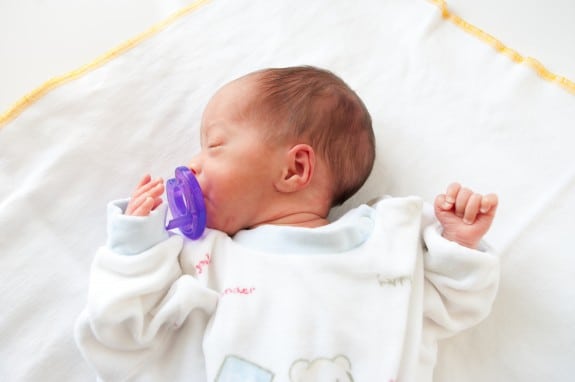In Ontario, Canada, approximately 1/3 of all babies are born to women who have immigrated from other countries. Researchers have found that these infants are being measured using the same birth-weight chart as babies born to mothers who are native to Canada, versus a birth-weight chart tailored specifically for babies from their native country. As a result of this, the children born to naturalized citizens are incorrectly being labeled as small for their gestational age.
The research, published in the Canadian Medical Association Journal, has found that as a result of being designated as small for their gestational age, these children are unnecessarily receiving medical interventions, such as an increase in how often they are monitored and a greater amount of follow-up care. This also poses a risk for larger babies who may suffer complications from a delivery. Dr. Marcelo Urquia, an epidemiologist at the Centre for Research on Inner City Health of St. Michael’s Hospital, and his colleagues have created a new series of birth weight scales, tailored for specific regions and areas of the world. These new graphs will be able to compare how one infant’s birth weight compares to anothers.
Over the span of a ten year period, between 2002 and 2012, Dr. Urquia studied approximately 1,089,647 single births in Ontario, Canada. Approximately 328,387 of those children were born to moms who have immigrated from other countries, with 53.6 percent of those moms being of South and East Asian descent. Around 10 percent, or 33,780 of the children born to moms who have immigrated from other countries had been labeled as small for their gestational age on both the regional and Canadian scales. Dr. Urquia said that these infants were at an increased risk of death or adverse effects than infants who were heavier.
Approximately 6 percent of infants born to naturalized citizens that had been classified as small for their gestational age on the Canadian scale, were not classified as such when measured on the birth weight curve for the mother’s native country. When compared against newborns of Canadian-born moms, these infants that had been labeled as small for gestational age on the Canadian birth weight scale had decreased odds of adverse health events, longer hospital stays and death. However, babies who had been classified as small when weighed on their world-region specific scale were more likely to pass away or to be affected by adverse health effects.
Approximately 5.4 percent of babies that were born to moms who have immigrated from other countries had been labeled as large for gestational age when weighed using both the Canadian curve and the world-region specific curve, while 4.3 percent of babies were labeled as large using only the world-region specific birth weight curve. The infants that were missed by the Canadian birth-weight curve presented with complications that are associated with large infants, such as shoulder dystocia, postpartum hemorrhage and perineal tears in the mother.
Dr. Urquia writes, “World region-specific curves seem more appropriate than a single Canadian curve for assessing the impact of small for gestational age and large for gestational age on adverse neonatal and obstetrical outcomes among some immigrant groups, particularly those whose birth weight distributions differ markedly from that of the local population, such as East and South Asian immigrants. Estimating the number of newborns conceivably spared unnecessary prolonged stay in hospital, special care, or referral for specialized pediatric or nutritional interventions and the cost savings therein, is a worthwhile step in evaluating the impact of adopting world region-specific curves among certain immigrant populations.”








This is so interesting, I have never read how birth weight can correspond to regions. Being from the United States, I am now wondering if our different states have different birth weights. You really got my mind spinning. And the care issue, how babes are treated different due to weight. These are issues you never think about like how from the start of your life, you are individualized into categories.